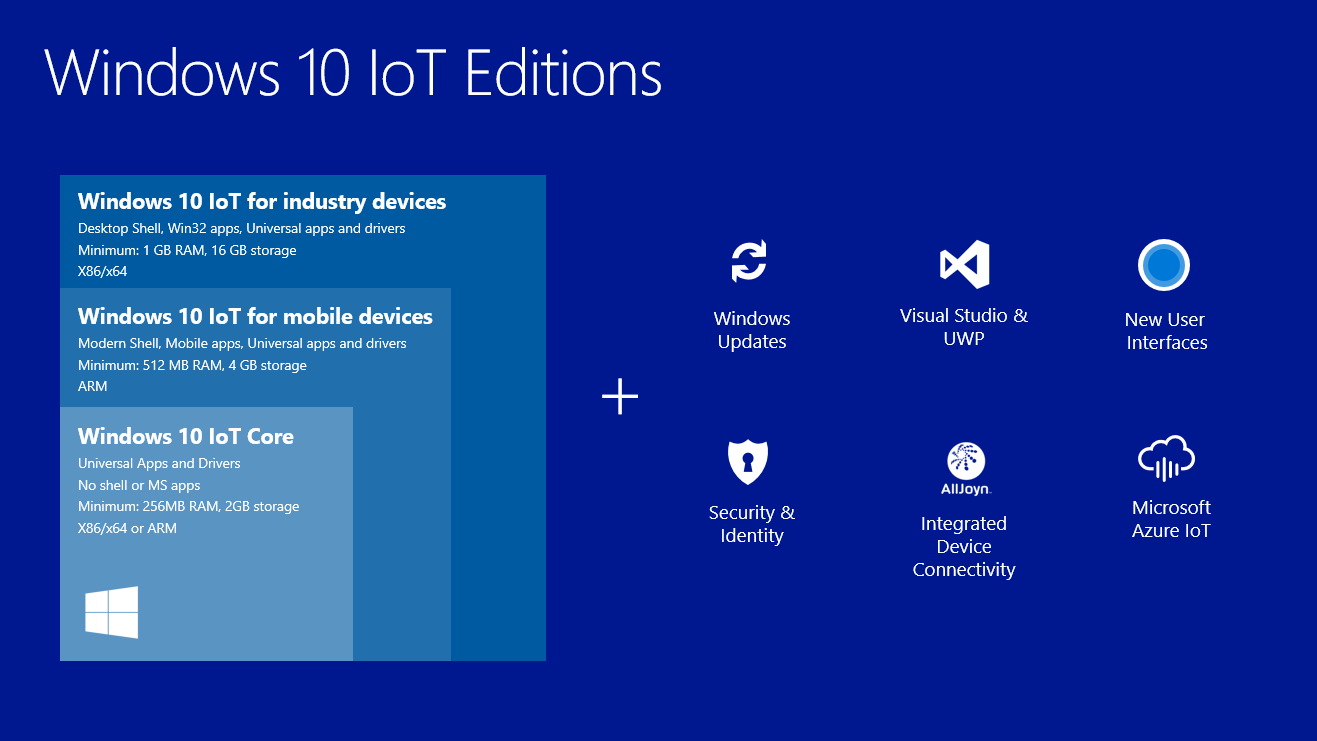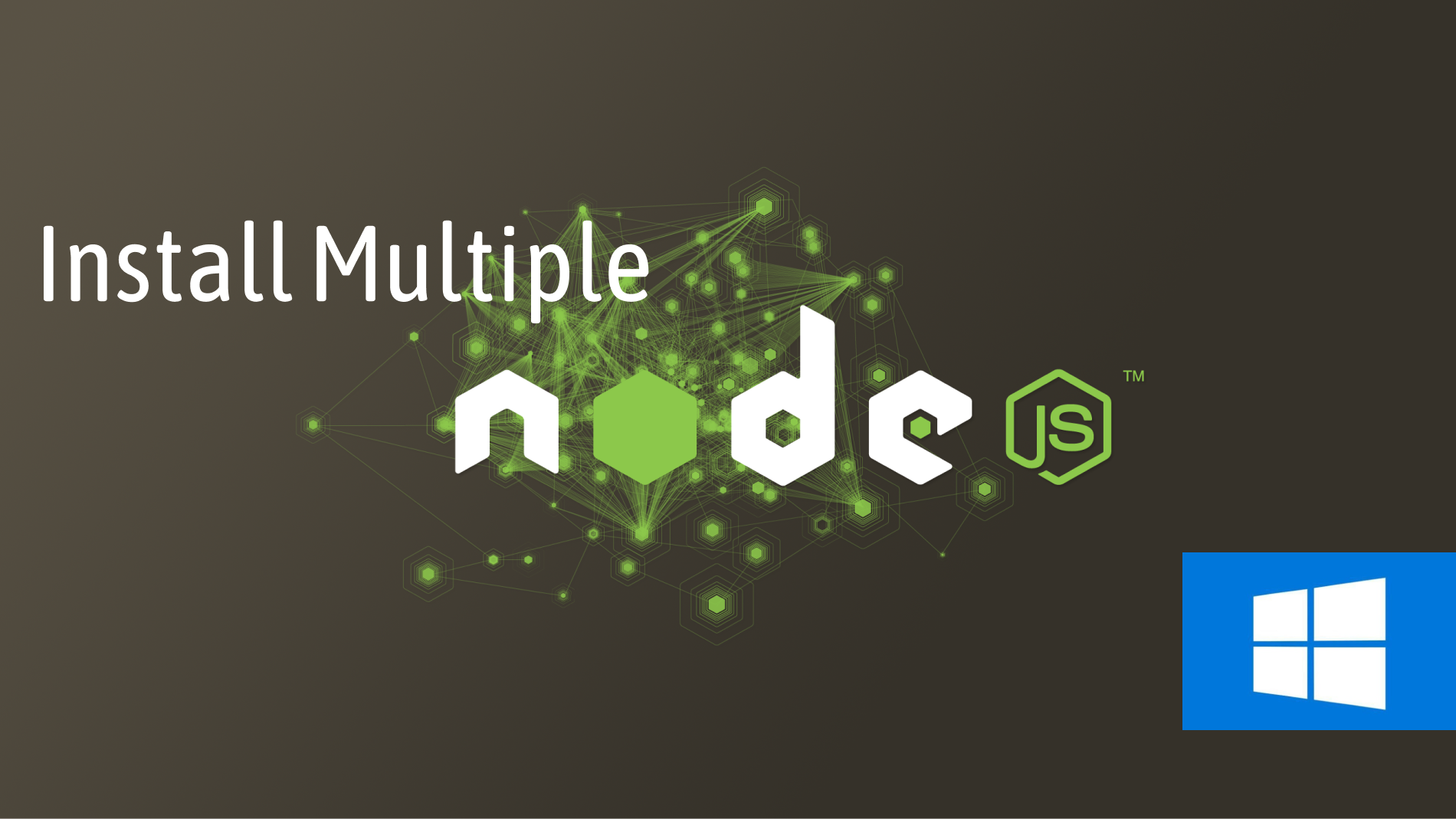

Node.js now has well over 225,000 available packages and its own package manager called, boringly, “npm” which is included when Node.js is installed. Yes, it's the Node.js version of "hello world" Upon each connection the callback is fired, but if there is no work to be done Node is sleeping. In the following "hello world" example, many connections can be handled concurrently. Sorry, gotta do it h ere’s “Hello World” for Node.js:

What’s remarkable about Node.js is how quickly it’s grown in popularity and power though not everyone might agree on its general usefulness (NSFW). This behavior is like browser JavaScript - the event loop is hidden from the user. Node exits the event loop when there are no more callbacks to perform. Node simply enters the event loop after executing the input script. … In Node there is no such start-the-event-loop call. In other systems there is always a blocking call to start the event-loop. Node takes the event model a bit further, it presents an event loop as a runtime construct instead of as a library. Node is similar in design to, and influenced by, systems like Ruby's Event Machine or Python's Twisted. Designed for building scalable network applications, Node.js is an event-driven JavaScript runtime which, in turn, is based on Chrome's V8 JavaScript engine. And not only does Node-RED run on Windows, Linux, and OS X, it also runs on the Beaglebone Black single board computer and there’s support for connecting Node-RED to Arduino boards. Node-RED was first released for x86 platforms in 2013 and the Raspberry Pi version now comes pre-installed in the Raspbian “Jessie” release of Debian officially released last December by the Raspberry Pi Foundation (although other companies such as Adafruit had Node-RED working on the Raspberry Pi almost a year earlier). Node-RED, a tool for wiring the anything to anything but particularly useful for wiring the IoT to devices such as the Raspberry Pi
Node js windows iot software#
The price is right ($35), the performance is great for the price, the input/output options are great, there’s an enormous ecosystem of add-on and compatible sensors and other hardware, and an equally enormous supporting community.Īs a result of this vibrant market, a slew of operating system choices for the Raspberry Pi have appeared (see my Ultimate Guide to Raspberry Pi Operating Systems parts 1, 2, and 3) along with some really creative software development tools such as Node-RED, a free, open source, visual wiring tool built by IBM Emerging Technologies.

One of the many things that Raspberry Pi-based systems are excellent for is for building Internet of Things platforms.


 0 kommentar(er)
0 kommentar(er)
